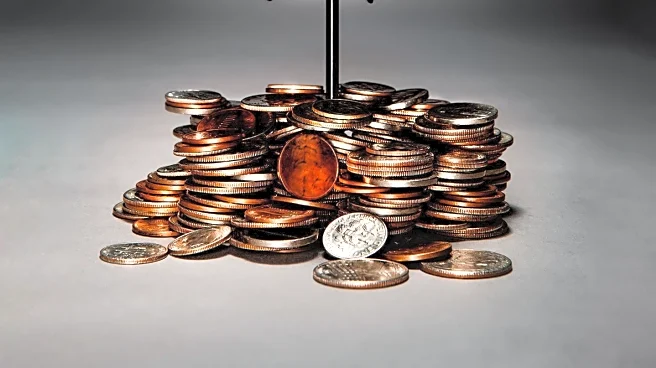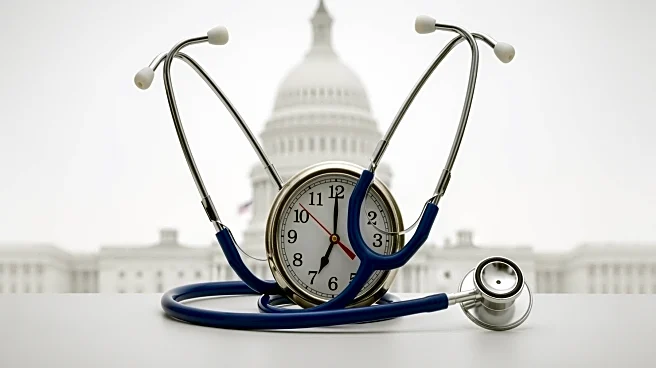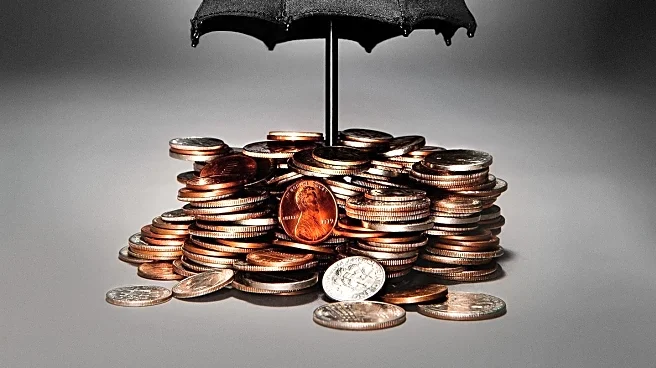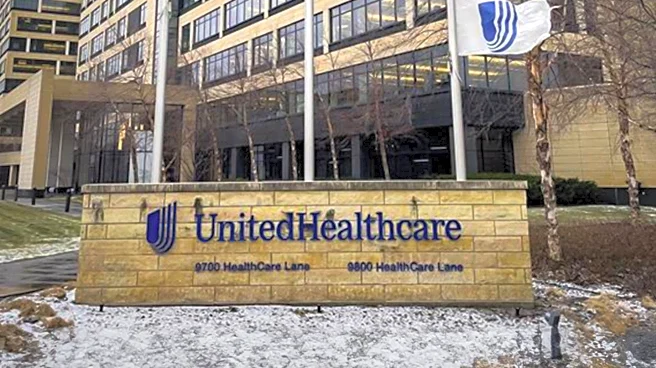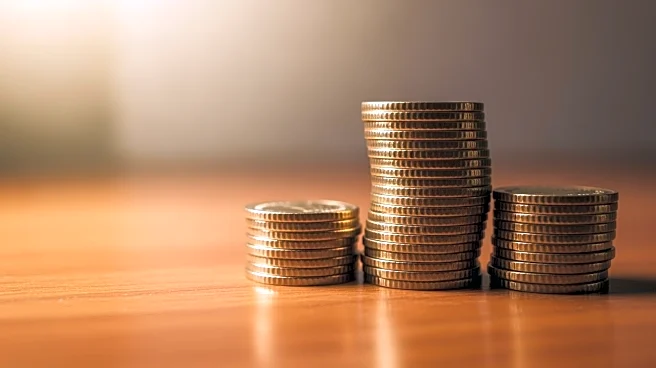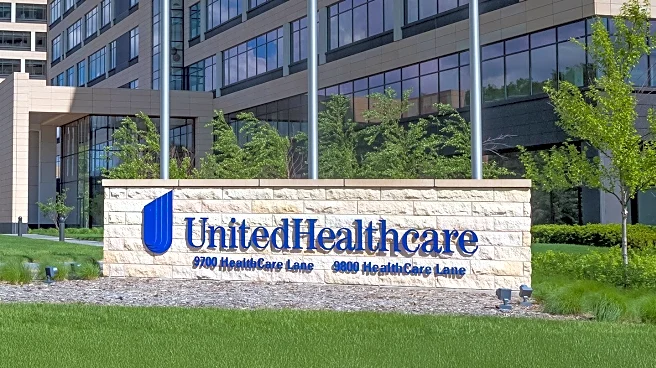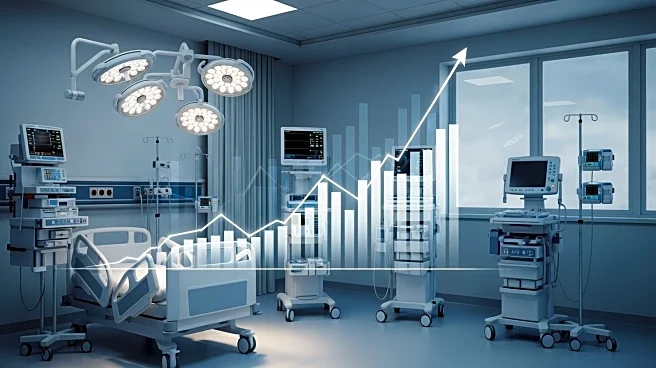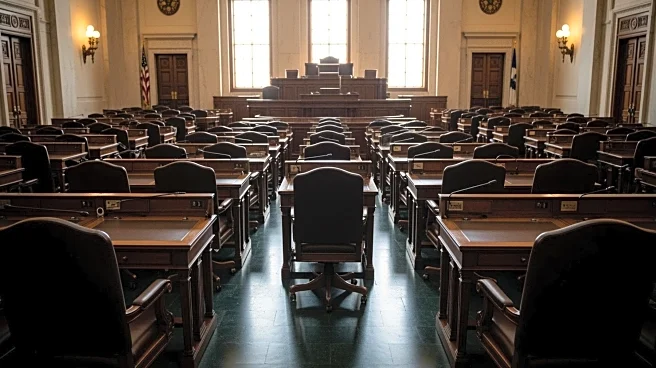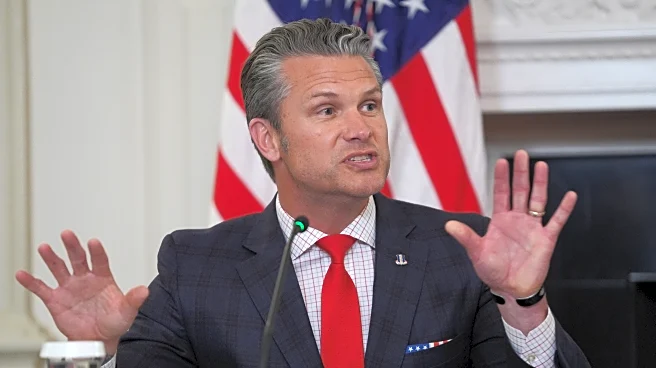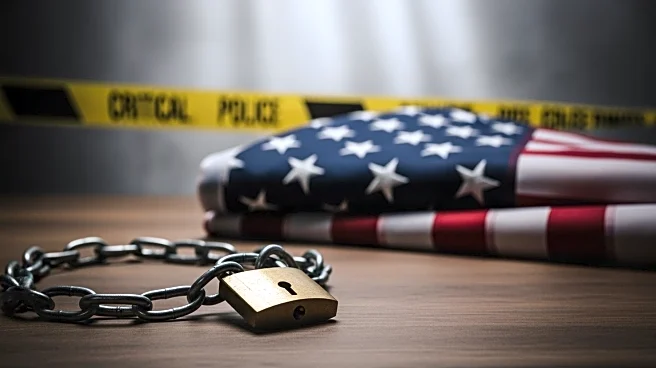What's Happening?
As health insurance premiums are expected to rise, some Americans are exploring the option of paying for medical care without insurance. Certain hospitals and clinics offer cash-only discounts, which can be
cheaper for specific services like allergy tests or X-rays, especially for those with high deductible plans. However, experts caution that paying out-of-pocket may not always be cost-effective, as these expenses do not count towards deductibles or out-of-pocket limits. The potential for unexpected medical costs remains a significant risk, and the loss of insurance benefits such as negotiated rates and preventive care can outweigh the savings from cash payments.
Why It's Important?
The consideration of cash payments for medical services highlights the ongoing challenges in the U.S. healthcare system, particularly regarding affordability and access. As insurance premiums rise, individuals may face difficult decisions about maintaining coverage versus seeking alternative payment methods. This situation underscores the need for policy solutions that address the cost of healthcare and improve access to affordable insurance options. The trend also reflects broader economic pressures on consumers, who must navigate complex healthcare decisions amidst financial constraints.
What's Next?
With the expiration of enhanced subsidies for Affordable Care Act premiums, Congress may face pressure to address rising insurance costs. Healthcare providers and policymakers will need to consider strategies to make healthcare more affordable and accessible. Consumers are advised to carefully evaluate their healthcare needs and explore available resources, such as federally qualified health centers, to mitigate financial risks.
